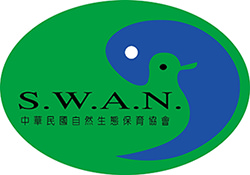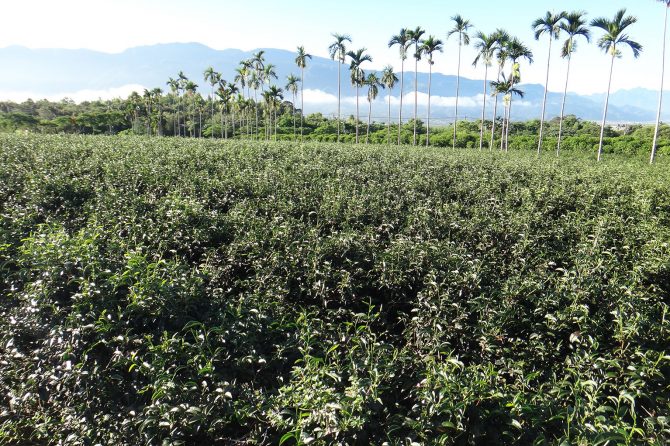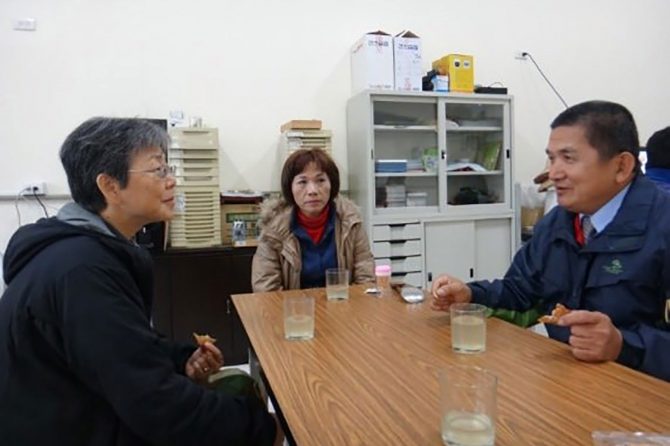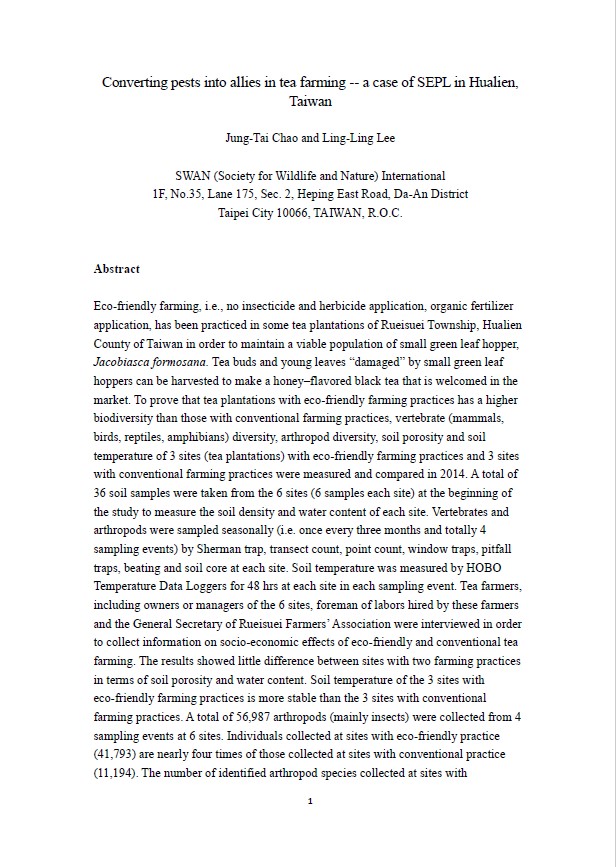2013 CHINESE TAIPEI (TAIWAN)
Converting pests as allies in tea farming - a potential case of Satoyama landscape in Hualien, Taiwan
Society for Wildlife and Nature (SWAN) International
Research activities
Landscape
Overview
Conventional tea farming in Taiwan requires the application of herbicides and pesticides to control pests, which cause serious negative impacts on the surrounding biodiversity. In Hualien County of eastern Chinese Taipei, however, at least two tea farming families completely stopped the use of pesticides and are using tea pests as their allies to produce a value-added tea product. Tea leaves damaged by green leafhopper, a species formerly considered as a pest, gave the tea a unique honey flavour which was highly appreciated by consumers. SWAN International investigated whether these tea plantations have higher biodiversity than that of conventional tea plantations, and whether the new eco-friendly farming approach benefits local communities.
Key achievements
- Biological survey revealed that eco-friendly farms that restricted the use of agrochemicals maintain significantly higher biological richness than conventional farms.
- Socio-economic survey demonstrated that eco-friendly tea farming generated a higher economic return, where loss in quantity was compensated by high unit price of tea leaves. Eco-friendly farms also created more job opportunities especially for local women for elaborated farm management.
- A combination of biological and socio-economic surveys clarified a cascade effect of the green leafhopper population on tea leaf production –the higher the population of green leafhopper is, the less quantity of harvest but higher quality and unit prices of tea leaves.
Lessons
- The new eco-friendly tea farming technique, which supports a higher level of biodiversity and brings added economic benefits to the farmers, can serve as a model practice to realise socially and ecologically sustainable production landscape in Taiwan.
- A socio-ecological production system should be verified by scientific data to demonstrate that it is truly biodiversity friendly.
- Innovation is one of the most important keys to the sustainability of SEPLS.
Project location
Organisation

Society for Wildlife and Nature (SWAN) International
- Sector
- Non-governmental organisation
- Country
- Chinese Taipei (Taiwan)
- Website/SNS
- http://www.swan.org.tw/eng/
Related products
Converting pests into allies in tea farming a case of SEPL in Hualien, Taiwan
- Publisher
- SWAN (Society for Wildlife and Nature) International
Eco-friendly farming, i.e., no insecticide and herbicide application, organic fertilizer application, has been practiced in some tea plantations of Rueisuei Township, Hualien County of Taiwan in order to maintain a viable population of small green leaf hopper, Jacobiasca formosana. Tea buds and young leaves damaged by small green leaf hoppers can be harvested to make a honey flavored black tea that is welcomed in the market. To prove that tea plantations with eco-friendly farming practices has a higher biodiversity than those with conventional farming practices, vertebrate (mammals, birds, reptiles, amphibians) diversity, arthropod diversity, soil porosity and soil temperature of 3 sites (tea plantations with eco friendly farming practices and 3 sites with conventional farming practices were measured and compared in 2014. A total of 36 soil samples were taken from the 6 sites (6 samples each site) at the beginning of the study to measure the soil density and water content of each site. Vertebrates and arthropods were sampled seasonally (i.e. once every three months and totally 4 sampling events) by herman trap, transect count, point count, window traps, pitfall traps, beating and soil core at each site. Soil temperature was measured by HOBO Temperature Data Loggers for 48 hrs at each site in each sampling event. Tea farmers, including owners or managers of the 6 sites, fore man of labors hired by these farmers and the General Secretary of Rueisuei Farmers’ Association were interviewed in order to collect information on socio-economic effects of eco-friendly and conventional tea farming. The results showed little difference be tween sites with two farming practices in terms of soil porosity and water content. Soil temperature of the 3 sites with eco-friendly farming practices is more stable than the 3 sites with conventional farming practices. A total of 56,987 arthropods (mainly insects) were collected from 4 sampling events at 6 sites. Individuals collected at sites with eco-friendly practice (41,793) are nearly four times of those collected at sites with conventional practice (11,194). The number of identified arthropod species collected at sites with eco-friendly practice (390) was 1.7 times of that collected at sites with conventional practice (238). A total of 56 species and 887 individuals of vertebrates, including 7 species and 45 individuals of amphibians, 4 species and 6 individuals of reptiles, 37 species and 794 individuals of birds, 8 species and 42 individuals of mammals, were recorded from the 6 sites. More number of vertebrate, as well as amphibian, reptile, bird and mammal species and individuals were found at sites with eco-friendly practice. The number of birds found on sites with eco friendly practice was almost 2.5 times of that on sites with conventional practice. Our data showed that tea plantations with eco-friendly farming practices not only generate higher economic return but also provide higher biodiversity. In addition, more job opportunities were created through the eco friendly farming practices, based on the result of our social interview. The tea plantations with eco-friendly farming practices and the surrounding farm, forest, stream and communities in Rueisuei, therefore, represent a unique socio ecological production landscape (SEPL) in Taiwan.
Relevant projects
Projects of the same year
Aichi Biodiversity Targets
Aichi Biodiversity Targets
-
Awareness increased
-
Incentives reformed
-
Sustainable agriculture, aquaculture and forestry
-
Pollution reduced
Sustainable Development Goals
Sustainable Development Goals
-
Zero hunger


